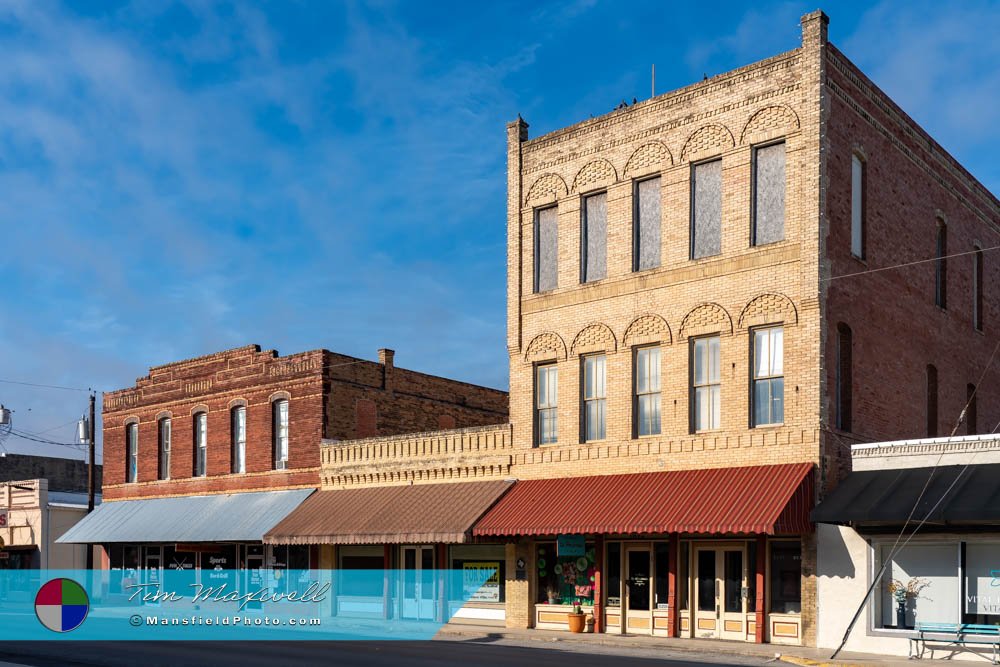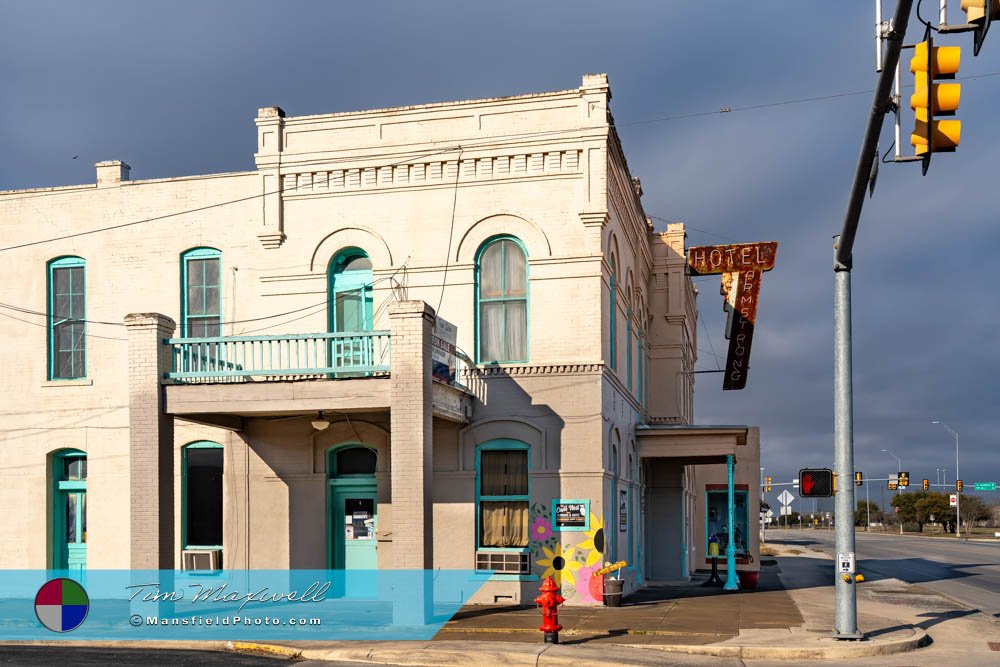Hondo, Texas
– Slow Down and Stay Awhile.
in Hondo, long before European explorers set foot in the region, the Coahuiltecan people lived in what would later become Medina County. They thrived in the area, utilizing the land’s resources for sustenance and survival. In the early 1530s, roughly four decades after Columbus arrived in the New World, Spanish explorer Cabeza de Vaca became the first known European to traverse the region. His journey, fraught with hardship, marked the beginning of European influence in the area, though it would be centuries before permanent settlements took root.
A Town Takes Shape
The establishment of the town dates back to 1881 when it was founded as a stop along the Galveston, Harrisburg and San Antonio Railway. It originally bore the name Hondo City, derived from the Spanish word for “deep.” Over time, the name was shortened to its current form. The arrival of the railroad was pivotal in shaping the town’s future, transforming it into a hub of commerce and agriculture in Medina County.
A Glimpse into the Past
In its earliest years, the town grew steadily, fueled by ranching and farming. By 1893, it had become the county seat, home to one of Texas’s most stately courthouses, the Medina County Courthouse. This architectural masterpiece remains one of the most striking courthouses in the state, a symbol of the area’s stability and importance.
The early 20th century saw moments of both prosperity and infamy.
One of the most notorious criminal groups in Texas history, the Newton Gang, made their mark here in the 1920s. Known as the most successful train and bank robbers in U.S. history, they targeted banks across the region, including those in Hondo. Their escapades added a touch of Wild West drama to the town’s story, reinforcing the enduring image of Texas as a land of outlaws and lawmen.
A Sign That Says It All
Perhaps the most famous marker in town is not a historical plaque or statue but a simple, bold sign placed by the local Lions Club in the 1940s. It reads: “This is God’s Country, Please Don’t Drive Through it Like Hell.” This humorous yet sincere message has become one of the most recognizable roadside signs in Texas, a reminder to slow down, appreciate the surroundings, and embrace the town’s way of life.
A Downtown Worth Exploring
Modern visitors are often captivated by the downtown area, which blends historic charm with small-town hospitality. Anchored by the Medina County Courthouse, the downtown district features well-preserved architecture, inviting storefronts, and a sense of timelessness. Unlike many towns where historic buildings have been lost to time, this community has taken pride in maintaining its heritage. The courthouse, in particular, stands as a testament to the town’s enduring spirit, its stately design rivaling those of much larger cities.
Life in the Present
Today, the town continues to thrive as a close-knit community where traditions run deep. Agriculture remains a cornerstone of the local economy, but new industries have also found a home here. Residents enjoy a high quality of life with access to parks, events, and a welcoming atmosphere that retains the best of Texas’s small-town charm. The combination of history, culture, and natural beauty makes it a place worth more than just a passing glance.
More Than a Stop on the Map
While some may know it for its famous roadside sign, those who take the time to explore soon discover there’s far more to this Texas town than meets the eye. From the stories of the Coahuiltecan people to the architectural grandeur of the courthouse, from daring outlaw heists to the warmth of modern-day hospitality, it is a place where history lives on. And if the sign doesn’t convince you to slow down and appreciate the journey, Hondo’s enduring character certainly will.
📸 Interested in More Photos of This Town?





